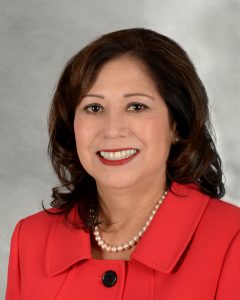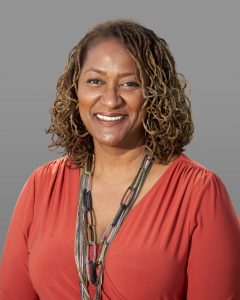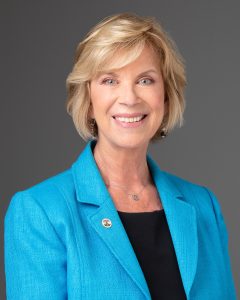What is an LA County Unincorporated Area?
More than 60% of the County-2,600 square miles-is unincorporated. There are approximately 120-125 Unincorporated areas, some of the unincorporated areas are as small as a few blocks, some are urban centers with more than 150,000 residents.
A unit within the Chief Executive Office called The Office of Municipal and Unincorporated Area Services (MUAS), provides support to the Board of Supervisors and County departments on a variety of topics related to unincorporated communities.
Find the unincorporated LA County services in your community.
Who is my County Representative?
As an unincorporated area resident, the Los Angeles County Board of Supervisors serves as your local government and is responsible for establishing policies and regulations. If you have questions about your unincorporated area services contact your local district office.
Guides to Municipal and Unincorporated Area Services
Los Angeles County is the most populous county in the nation with over 1 million people residing within unincorporated areas. To inform the public of available services, the Board of Supervisors ordered the preparation of these current Municipal and Unincorporated Area Services (MUAS) Guides.

Unincorporated Guide to Services
Los Angeles County is the most populous county in the nation with over 1 million people residing within unincorporated areas. To inform the public of available services, the Board of Supervisors ordered the preparation of this Guide to Unincorporated Area Services. This digital guide will be regularly updated as additional information becomes available.
Download GuideFrequently Asked Questions
Contact cannabis@lacounty.gov to Report Illegal Cannabis Businesses.
EIFDs were established by the California Legislature in 2014 after the dissolution of redevelopment agencies in 2012. An EIFD is a type of special district that is governed by a Public Finance Authority and is typically a partnership between a city and county. The EIFD uses tax increment financing to fund infrastructure projects of community-wide significance. EIFDs impose no new taxes, nor does it result in any new taxes or fees to property owners. The EIFD adoption process includes three public hearings that provide opportunity for community input.
The goal of EIFDs is to fund infrastructure projects that will incentivize new private development in the project area. The new development will generate more property taxes in the future which will allow the EIFD to pay for itself. The County Board Policy on EIFDs, established in 2017, requires a financial analysis to ensure the proposed EIFD will produce long-term benefits to the County. The Policy also requires a 20% set-aside for affordable housing units. In addition to La Verne, the County approved EIFDs in the Cities of Palmdale and Carson, and unincorporated West Carson. The Board Policy on EIFD’s can be found here.
Annexation is the inclusion or addition of territory to a city/special district. A city or parcel owner extends its geographic boundary(ies) by annexing contiguous unincorporated territory. The MUAS unit coordinates the County’s role in the annexation process, such as the tax transfer process and the transfer of municipal services. Such annexations, reorganization, district formations are initiated by the Los Angeles Local Agency Formation Commission (LAFCO). The County’s Annexation and Sphere of Influence Board Policy can be found here.











